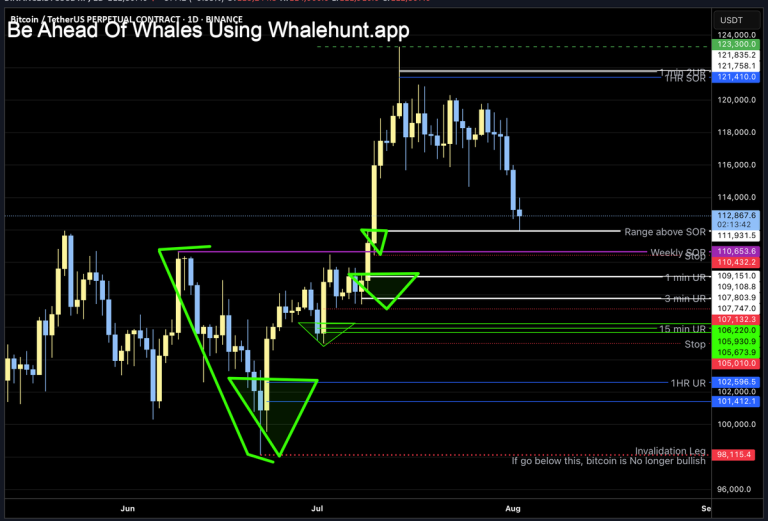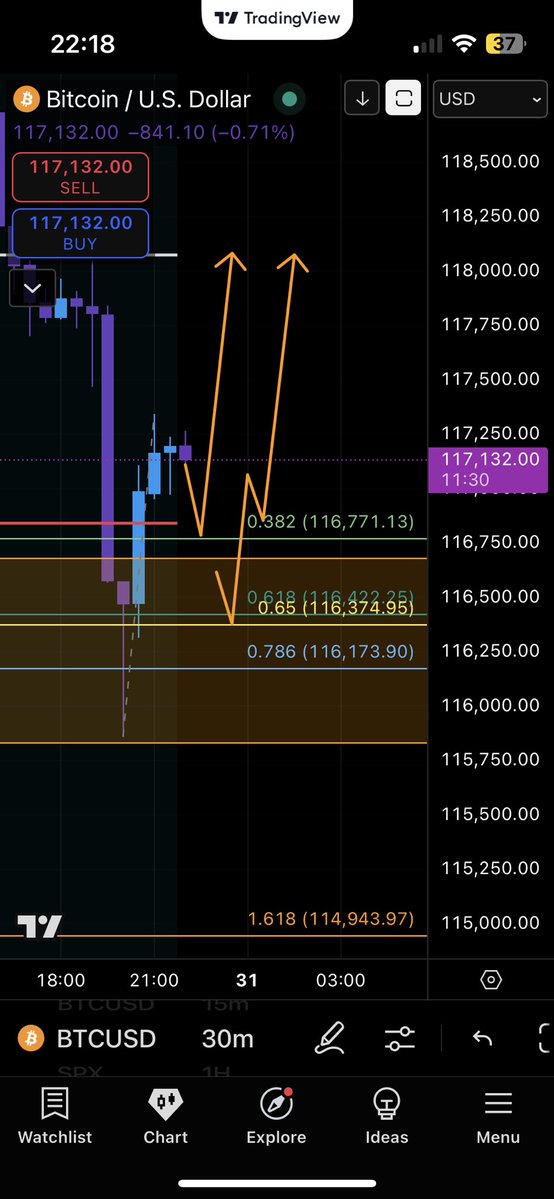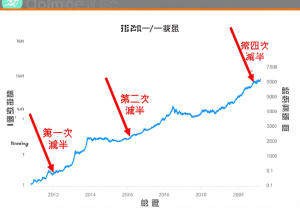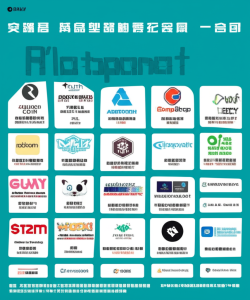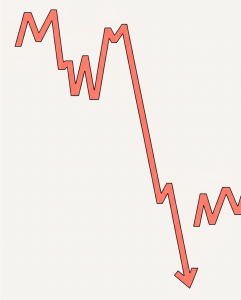
The New Dynamics of Bitcoin: A Deep Dive into Hashrate, Smart Contracts, and Market Sentiment
—
Bitcoin, often hailed as the pioneer of decentralized digital currency, is once again capturing the crypto community’s imagination—not just for price movements, but for fundamental technological shifts reshaping its ecosystem. Recent developments around Bitlayer’s impressive 31.5% hashrate support for BitVM-enabled smart contracts, combined with innovative Layer 2 (L2) bridging solutions like Merlin, suggest Bitcoin’s infrastructure is evolving to meet new demands. At the same time, the market’s technical analyses and sentiment research provide insight into how traders are interpreting these changes amid Bitcoin’s price fluctuations.
This article unpacks these intertwined threads—technological progress, network activity, and market psychology—to provide a lucid sense of where Bitcoin stands today and where it might be headed.
—
Bitlayer and BitVM: Revolutionizing Bitcoin’s Hasrate and Smart Contract Capabilities
Bitcoin’s hashrate—the combined computational power securing its network—is fundamental to its security and performance. Historically, Bitcoin’s scripting language has been limited, enabling simple transactions but unable to support complex decentralized applications akin to those on Ethereum. Enter Bitlayer, an ambitious protocol already commanding over 31.5% of Bitcoin’s total hashrate, which aims to radically expand Bitcoin’s functionality through BitVM, a virtual machine designed to enable smart contracts natively on Bitcoin’s Layer 1 (L1).
What Does Bitlayer’s Hashrate Support Mean?
– Network Security and Commitment: When a significant chunk of miners directs their power to support BitVM-enabled transactions, it signals a strong commitment to adopting smart contract functionality within Bitcoin’s base layer. This increased active participation could enhance both throughput and finality times for smart contract operations.
– Boosting Activity and Utility: Smart contracts have catalyzed enormous innovation on other blockchains, particularly Ethereum, enabling DeFi, NFTs, and DAOs. Bringing that power to Bitcoin could unlock unprecedented use cases, attracting new users and developers to Bitcoin-based decentralized applications while catalyzing higher on-chain transaction volumes.
– Competition and Innovation in Mining: Miners who support Bitlayer might gain transactional advantages, incentivizing more competitive mining activities that could enhance network robustness.
Bitlayer’s success, however, depends on the wider ecosystem embracing the platform’s tools and protocols. It’s early days, but the momentum in hashrate support portends a meaningful shift in Bitcoin’s technological narrative.
—
Merlin Bridges: Seamlessly Connecting Bitcoin’s Layer 1 with Layer 2 Solutions
Scaling is a perpetual challenge for blockchains. While L1 blockchains like Bitcoin emphasize security and decentralization, they can struggle with scalability and speed. Layer 2 (L2) solutions aim to alleviate this by processing transactions off-chain or in secondary layers, thereby enhancing speed and reducing fees.
Merlin presents itself as a bridging solution that connects Bitcoin’s L1 to some of the leading Layer 2 solutions. This bridging is vital because:
– Interoperability: By enabling seamless communication between Bitcoin’s primary blockchain and L2s, Merlin facilitates liquidity flow, faster transaction settlements, and interoperability across different decentralized applications.
– User Experience: Users can enjoy the security and immutability of Bitcoin’s L1 along with the speed and scalability benefits of L2 solutions, blending the best of both worlds.
– Ecosystem Growth: Bridges like Merlin foster an integrated environment, encouraging developers to build multifaceted applications that leverage Bitcoin’s strong foundation.
The integration of Merlin with Bitlayer’s smart contract capabilities could create a robust, versatile network ecosystem, enhancing Bitcoin’s competitive edge.
—
Decoding Bitcoin’s Market Sentiment and Technical Analysis
While technology advances, Bitcoin’s price remains the focal point of most traders and investors, influenced heavily by technical signals and market psychology. The recent charts and signals illuminate a cautious optimism tempered by prevailing bearish indicators.
Price Levels and Patterns
– Bitcoin was hovering just below $110,000, holding steady above the critical support of $107,000, seen by many as a bullish sign indicative of potential upward momentum.
– Breakout past $111,000 could initiate a sharp rally, with some analysts forecasting dramatic upside moves possibly reaching $161,000 or beyond, built on consistent historical pattern percentages.
– Conversely, several technical experts point to bearish divergences on daily and weekly timeframes, especially regarding the MACD (Moving Average Convergence Divergence) indicator. These divergences warn of possible corrections should Bitcoin fail to sustain upward momentum.
Market Psychology: FOMO and Caution
– FOMO (Fear of Missing Out) remains a notable driver—memes and trader humor capture this segment’s volatile emotional swings, highlighting the cyclical nature of Bitcoin enthusiasm and panic.
– The current phase appears to be consolidation rather than a runaway bull run, with traders watching key liquidity zones between roughly $106,800 and $110,800 to gauge next moves.
– Real-time signals and alerts dominate the social media chatter, emphasizing the high-speed information flow and how instant insights shape trading behaviors in 2025.
—
Broader Crypto Ecosystem Insights and Comparisons
Bitcoin’s transformation occurs against the backdrop of a broader crypto landscape facing its own challenges and evolution.
– Ethereum’s recent performance around $2,700 marks healthy volatility and potential rally phases post-pullback. ETH’s established smart contract ecosystem contrasts with Bitcoin’s nascent smart contract ambitions but also creates opportunities for cross-chain collaborations.
– Critiques of other layer protocols, such as Polygon, highlight ongoing management and token distribution concerns, providing Bitcoin with an opportunity to leverage trust and stability as it grows smart contract compatibilities.
– The consequences of institutional interest and macroeconomic factors (like tariffs impacting stock futures or gold prices) continue to affect Bitcoin’s positioning within the broader investment portfolio context.
—
Conclusion: Bitcoin at a Crossroads – A New Era Beckons
Bitcoin’s current landscape is a fascinating blend of grounded technical evolution, significant infrastructural enhancements, and volatile market sentiment. Bitlayer’s capture of nearly a third of Bitcoin’s hashrate to support smart contracts signals a paradigm shift, indicating Bitcoin is more than a store of value or digital gold—it is evolving into a programmable, multi-functional network with growing appeal for decentralized applications and users.
Coupled with bridging solutions like Merlin, Bitcoin’s ecosystem is becoming increasingly interoperable and scalable, tackling long-standing criticisms about its limitations compared to other blockchains. This infrastructural maturation, however, must navigate the unpredictable currents of market psychology, where bullish aspirations clash with technical resistance and bearish signals.
As we progress through 2025, monitoring the adoption rate of these new technologies, actual network activity metrics, and price behavior near critical levels will be crucial. The interplay between innovation and market dynamics is poised to redefine Bitcoin’s role in the digital economy, possibly ushering in an era where Bitcoin is not just the king of crypto but the foundation for an evolving decentralized world.
—
Sources and Further Reading
– Bitlayer and BitVM overview
– Merlin bridging solutions
– Bitcoin technical analysis on BTC price
– Ethereum market performance
– Polygon ecosystem challenges
– General market sentiment and updates
(*Links open in new tabs*)


